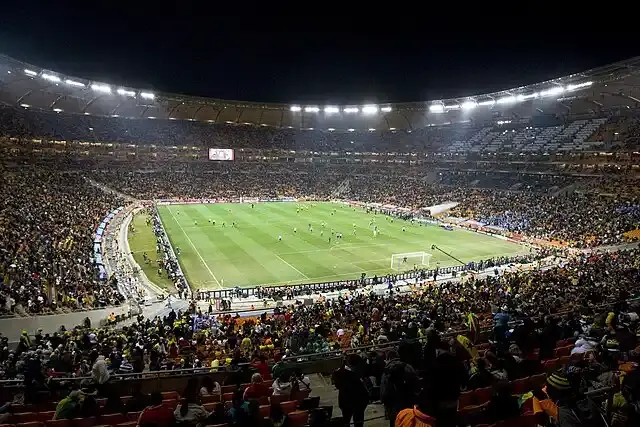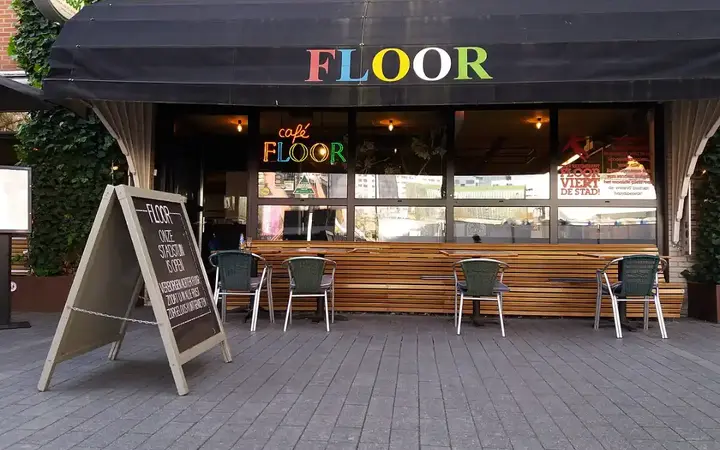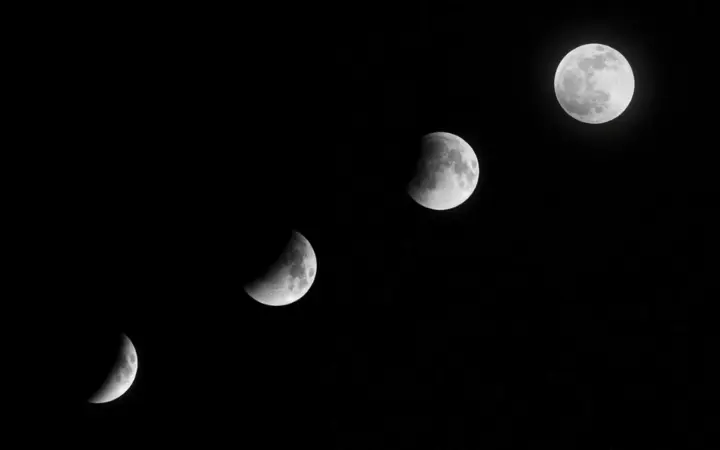How did Boeing lose so badly to SpaceX?
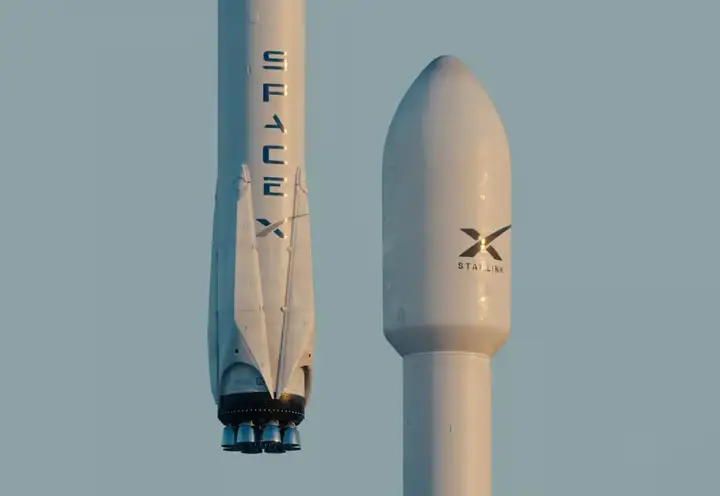
The story of Boeing's struggle against SpaceX is the story of two companies, each with a different approach to space exploration. It is the story of a government-backed giant losing his land to an upstart in the private sector.
Show key points
- The rivalry between Boeing and SpaceX began when NASA chose them as the final contenders to develop spacecraft for transporting astronauts to the International Space Station.
- Boeing received $
- 2 billion in funding to develop its Starliner capsule, but the project has faced numerous delays, primarily due to technical issues.
- ADVERTISEMENT
- In contrast, SpaceX's Crew Dragon successfully launched its first crewed mission in 2020 and has since completed 11 missions to the ISS.
- While Starliner is designed for reuse and land-based returns, the uncertainty around future launch vehicles adds another layer of challenge for Boeing.
- NASA has awarded more contracts to SpaceX due to its consistent performance and competitive pricing, signaling a strong preference rooted in proven reliability.
- Boeing explored alternative launch options—including SpaceX’s Falcon 9 and Blue Origin’s New Glenn—as Atlas V rockets are being phased out.
- Despite setbacks, Boeing remains in the race, and the evolving competition with SpaceX continues to influence the trajectory of commercial space exploration.
Genesis of competition

The competition between Boeing and SpaceX began about a decade ago when NASA's top leaders on human spaceflight held an important meeting at the agency's headquarters in Washington, D.C. The agenda was clear: the choice of a replacement vehicle for the retired space shuttle was instrumental in the construction of the International Space Station (ISS).
In 2014, NASA narrowed the competition for the crew to just two companies, Boeing and SpaceX. At the time, the space agency gave Boeing $4.2 billion to fund the development of Starliner. This was a pivotal moment in the history of space exploration as it marked the beginning of a new era where private companies were given the responsibility of transporting astronauts into space.
Recommend
Having two spacecraft carrying a crew provides redundancy for NASA and the nation. The program has always wanted two very different spacecraft with different procedures and teams to support them, to have a backup in case one ship is sidelined due to a safety or other issue. The strategy of having a differentiated repetition was based on the understanding that space travel is inherently challenging.
Boeing's Starliner aircraft made an unmanned approach to the International Space Station during its second test flight, on May 20, 2022. This marked an important milestone for Boeing as it represented Starliner's readiness to withstand astronauts. However, the journey to this point has not been smooth. The astronaut's first appearance of the capsule has been postponed several times due to technical issues, most of which he encountered during its first test flight in 2019.
On the other hand, the crew of SpaceX's Crew Dragon debuted in May 2020. SpaceX began operating its operational missions in 2020 and has sent 11 such crews to the International Space Station so far. This was a major breakthrough for SpaceX in the race to space.
Intense Rivalry: Boeing vs SpaceX

While SpaceX launched its third crew of astronauts to the International Space Station aboard the Crew Dragon module on April 23, Boeing was still testing the reusable CST-100 Starliner crew module. This was a major breakthrough for SpaceX in the race to space.
The Boeing Starliner is a crew capsule designed to transport up to seven astronauts to the International Space Station. It is 16.5 feet tall and 15 feet in diameter¹. The capsule is launched over the United Launch Alliance Atlas V rocket, which transports the module into orbit¹. Unlike SpaceX's Crew Dragon capsules, which land in the Gulf of Mexico and need to be retrieved, Starliner is designed to return to Earth.
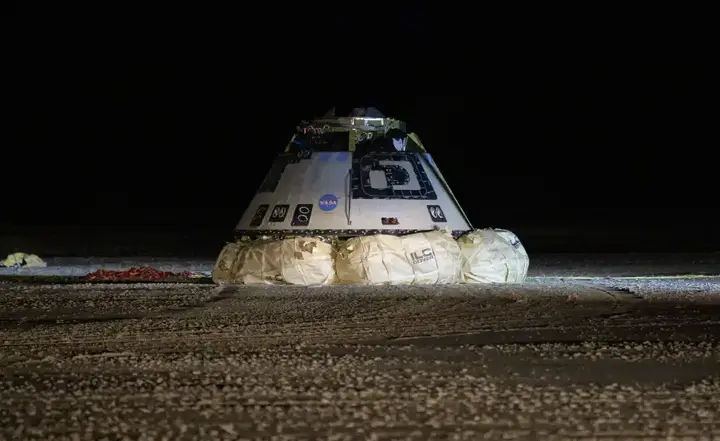
Boeing faced many challenges on its journey. The airline expects to conduct its second unmanned test flight in August or September 2021, followed by manned flights shortly after. However, there are some questions about the availability of missiles for Starliner. Boeing purchased enough Atlas V missiles from the United Launch Alliance for six Starliner operational missions, but after that, the Atlas V will be withdrawn from service.
Mark Naby, Boeing's director of the Commercial Crew Program, said the company was looking at "different options" for Starliner launch vehicles. These options include buying the Falcon 9 from SpaceX, paying the United Launch Alliance to evaluate its new Vulcan rocket, or paying Blue Origin for its upcoming New Glenn booster.
In hindsight, it's clear that NASA got a much better deal than SpaceX in the commercial crew competition. SpaceX began sending operational missions to the space station in 2020, while Boeing's Starliner is not expected to make its first operational mission until the second half of 2023.
Future
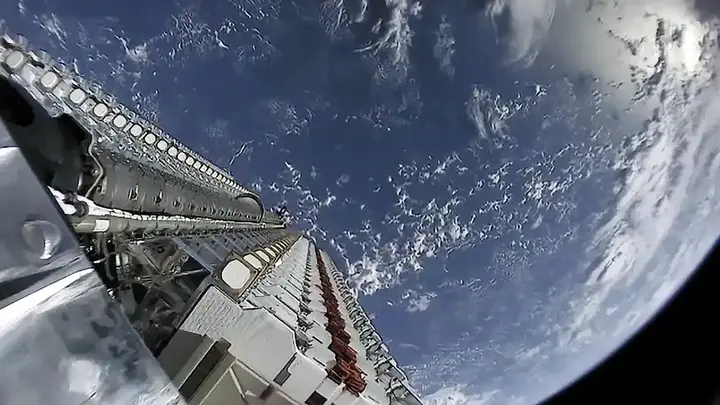
NASA has confirmed that it has been awarded five additional crew transfer missions to SpaceX, bringing the total number of manned missions SpaceX has contracted to fly for NASA until 2030 to 14. In turn, Boeing will fly six flights during the life of the station. However, NASA has the option to buy more seats from any of the providers.
NASA's decision to buy all remaining seats from SpaceX is likely due to past performance and price. SpaceX began sending operational missions to the space station in 2020, while Boeing's Starliner is not expected to make its first operational mission until the second half of 2023.
There are some questions about the availability of missiles for Starliner. Boeing purchased enough Atlas V missiles from the United Launch Alliance for six Starliner operational missions, but after that, the Atlas V will be withdrawn from service. During a press conference last week, Boeing's program manager for commercial crew, Mark Naby, said the company was looking for "different options" for Starliner launch vehicles. These options include buying the Falcon 9 from SpaceX, paying the United Launch Alliance to evaluate its new Vulcan rocket, or paying Blue Origin for its upcoming New Glenn booster.
Several space projects, including Jeff Bezos' Blue Origin, Rocket Lab, and the United Launch Alliance — a joint venture between Lockheed Martin and Boeing — are preparing to launch new heavyweight rockets this year to compete with the backbone of SpaceX's Falcon 9.
In the latest development in the satellite industry, Boeing decided to waive its license for the low-Earth orbit (LEO) constellation satellites, a project that would have rivaled SpaceX's Starlink network. Boeing's plans to build a broadband internet constellation are officially over.

In conclusion, the competition between Boeing and SpaceX is far from over. While SpaceX has taken the lead, the race to space is like a marathon, not a sprint. The future will reveal whether Boeing is able to overcome its challenges and catch up with SpaceX. The competition between these two giants will undoubtedly continue to shape the future of space exploration.
![]()
Habits of remarkably calm people
Remarkably calm people aren't born that way—they build habits like mindfulness, deep breathing, and regular exercise to stay composed. They also focus on positive thinking, good sleep, and managing time well. These simple yet powerful habits help them stay cool even when life gets stressful. more- ADVERTISEMENT
![]()
How Qatar successfully staged the 2022 FIFA World Cup
Qatar’s 2022 FIFA World Cup was more than a tournament—it showcased Qatar’s world-class stadiums, eco-friendly designs, and flawless planning. With thrilling matches, stars like Messi and Mbappé, and a legendary final, it left a powerful legacy of sports, innovation, and global unity. more- ADVERTISEMENT
![]()
The battle that every man fights but most of them don't discuss it
Men silently fight internal battles shaped by stress, depression, and rigid masculinity norms. Suppressing emotions and fearing judgment, they often hide their struggles. True strength lies in embracing vulnerability, fostering self-worth, and building open, supportive connections to break free from isolation and unrealistic expectations. more- ADVERTISEMENT
![]()
Surprising fact: The environmental impact of beef outweighs cars
Cows may seem innocent, but their burps and farts pack a punch—methane from cattle is 23 times stronger than CO₂ and causes major environmental harm. From deforestation to acid rain and massive emissions, beef production beats cars in damage. Eating less beef could seriously help the planet. more- ADVERTISEMENT
![]()
We paint it wrong: the sun is not orange
The sun isn’t just orange—it’s a masterpiece of shifting colors. From pale reds and soft blues at dawn to radiant whites at noon, its beauty changes with time and weather. Films and culture fooled us, but nature tells a richer, truer story full of color and mystery. more- ADVERTISEMENT
![]()
National Museum of Qatar and the distinctive design of the desert rose
The National Qatar Museum and its Unique Desert Rose Crystalline Structure more- ADVERTISEMENT
![]()
Journey to Mars: The Next Great Leap in Mankind's Quest for Discovery
Mars sparks human curiosity like no other planet—its Earth-like features, potential for life, and promise of resources fuel hope for a future civilization there. Despite daunting technical, environmental, and psychological challenges, global efforts aim to turn this bold dream into reality. more- ADVERTISEMENT
![]()
Why do most restaurant and café projects fail?
Why Most Cafes & Restaurant Projects Fail? more- ADVERTISEMENT
![]()
The moon is moving away from the earth. Will our day become 25 hours?
The Moon is slowly drifting away from Earth, making our days longer over time. This cosmic dance, caused by tidal forces, began with a massive ancient collision and continues to shape Earth's rotation and life. Fossil records even show that days were once just 21.8 hours long. more- ADVERTISEMENT
![]()
The art of being kind to your boss
The Gentle Art of Managing Your Manager more- ADVERTISEMENT













